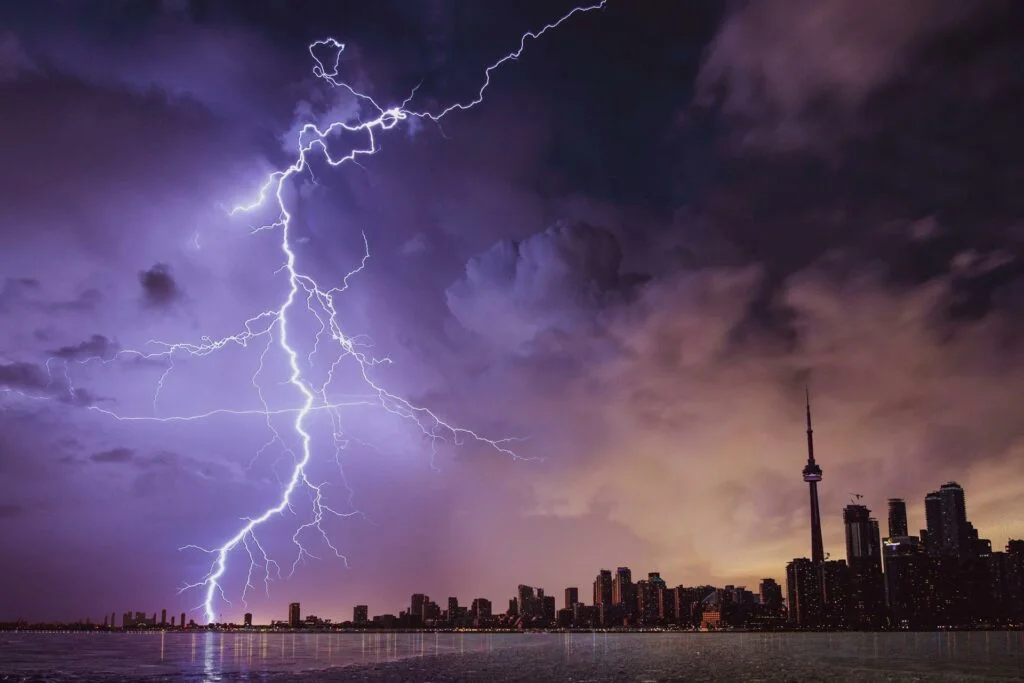Storms can be powerful and unpredictable, posing a significant threat to the health and safety of trees on your property. Proper tree maintenance before, during, and after a storm is crucial to minimize potential damage and ensure the well-being of your landscape. In this guide, we will explore practical steps you can take to properly maintain your trees during a storm.

Pre-Storm Inspection
Before a storm hits, conducting a thorough inspection of your trees is essential. Look for signs of weakness, disease, or structural issues that might make the tree more susceptible to storm damage. Dead or damaged branches should be pruned, and any trees with visible issues may need professional attention. Identifying and addressing potential hazards in advance can prevent more extensive damage during the storm.
Pruning for Storm Resistance
Proper pruning is a key component of storm preparation. Trim branches that are close to structures, power lines, or other valuable assets. Focus on removing dead or weak limbs that could become projectiles during high winds. Additionally, thinning the canopy allows wind to pass through more easily, reducing the overall wind resistance of the tree.
Cabling and Bracing
For trees with structural issues or multiple trunks, consider the use of cables and braces to provide additional support. Consulting with a certified arborist is recommended to assess the tree’s specific needs and determine the appropriate hardware for stabilization. This proactive measure can prevent structural failures during severe weather.
Choose Wind-Resistant Tree Species
When planning your landscape, choose tree species that are naturally more resistant to high winds. Trees with flexible wood and well-anchored root systems are generally better equipped to withstand storms. Native species are often adapted to local weather conditions and can be a wise choice for storm-prone areas.
Mulching and Soil Care
Healthy soil is vital for the stability of trees. Applying a layer of mulch around the base of your trees helps retain moisture, promotes root health, and protects against soil erosion. Before a storm, ensure that the soil is adequately watered but not overly saturated. Well-hydrated trees are better equipped to withstand the stress of high winds.
Secure Loose Items
Before a storm arrives, secure loose items in your yard that could become projectiles. Patio furniture, garden tools, and other objects can cause damage to trees or become hazardous in strong winds. By securing these items or moving them indoors, you reduce the risk of them causing harm to your trees or nearby structures.
Post-Storm Assessment
After the storm has passed, conduct a thorough assessment of your trees. Look for any visible damage, including broken branches or uprooted trees. If you suspect a tree may be compromised, consult with a professional arborist to evaluate its structural integrity. Promptly address any issues to prevent further damage or potential hazards.
Emergency Response Plan
Develop an emergency response plan for severe weather events. Know how to contact local tree removal services in case of significant damage. Having a plan in place will help you act swiftly to address storm-related tree issues and minimize potential risks.
Properly maintaining your trees during a storm requires a combination of proactive measures and timely responses. By conducting regular inspections, pruning strategically, and implementing preventive measures, you can significantly reduce the risk of storm-related tree damage. Remember that the well-being of your trees not only enhances the aesthetics of your property but also contributes to the overall safety of your home and community. Stay vigilant, be prepared, and weather the storm with confidence.